As the saying goes, there are no bad tools, only bad craftsmen! However, it is legitimate to think that sufficient and appropriate equipment is a guarantee of efficiency and precision. While assembling a rod is a simple activity within everyone's reach, it is essential to have a minimum set of tools to suit your needs. Let's take a look at the essentials and useful accessories.

The must-have binding bench and dryer
The Wrapping Bench is the rodbuilder's iconic tool. Quite simply, it's a support with a few technical features that will enable you to produce the simplest Wrapping with ease and comfort.
A basic bench, fitted with a spool holder and line guide, is all you need to learn or even improve your rodbuilding skills; many people, like me, own a first-price model with which they have built several dozen rods.
However, Rodhouse also offers more sophisticated, pedal-operated, electrically-rotated benches which can be used not only for long wrappings and Varnishing Wrapping, but also for turning handles.
As assembling these rods is a manual activity, every new rodbuilder should start by making his own bench from a few planks of wood... So here's a plan with detailed dimensions to get you started!
The essential complement to the bench is the dryer. Simply put, it's a stand with a slow-rotating motor that lets you turn the rod as you apply and dry the varnish, ensuring even distribution of the varnish.

The specific reamer
While this tool may exist in one form or another in other disciplines or for other purposes, it is a very special and indispensable tool for building a fishing rod!
Reamers, because you'll need several, are slightly conical cylinders coated with abrasive paper to ream the inside diameter of grips and reel seats. The aim, of course, is to match this dimension to that of your blank and thus position them where you want them.
While it's possible to make your own tools, it's far simpler and more efficient to invest in a commercially available set.
Painter's tape, the rodbuilder's greatest friend
Painter's tape is undoubtedly the most practical accessory for assembling a rod. It can be used to hold accessories in place while they dry, to increase the diameter of a blank to fit a reel seat, for example, to hold guides in place or to mark out a cutting area on a grip. In short, no painter's tape, no rodbuilding!

Glues and varnishes
The glues and varnishes you'll be using to assemble your rods have one thing in common: they're both two-component models that need to be mixed at a balanced 50/50 dosage to polymerize. While varnish requires precise dosing, and the use of a syringe is therefore recommended, glues are less demanding, and "eye" dosing is all you need!
You'll find glues with different setting speeds ranging from a few tens of minutes to several hours. The longest glues are the strongest, limiting the possibility of disassembling your rods, but are indispensable for models designed for powerful fishing such as Bluefin tuna.

Essential, useful and consumable tools
To complete your equipment for the perfect rodbuilder you will need several additional tools:
- A burnisher, which is a stylus designed to tighten your coils for compact Wrappings.
- An alcohol lamp and acetone to debulk your varnish for a perfect finish!
- Cutter blade or scalpel.
- A stick of hot-melt glue to hold your tip top guide in place.
- A white pencil to mark the spine of your blank and the placement of your Guides.
- Rubber bands to hold the Guides (especially the tunnel ones) in place during Wrapping.
- Clothes pegs to secure your rings while they dry
- Rubbing alcohol and paper towels to remove glue and varnish residues
- Brushes and cups for varnishing.
Starter kits
Because it's always easier to rely on professionals and specialists when you're just starting out, you'll find complete, ready-to-use tool packs on the Rodhouse site that will ensure you lack for nothing and can assemble your first rods with peace of mind.


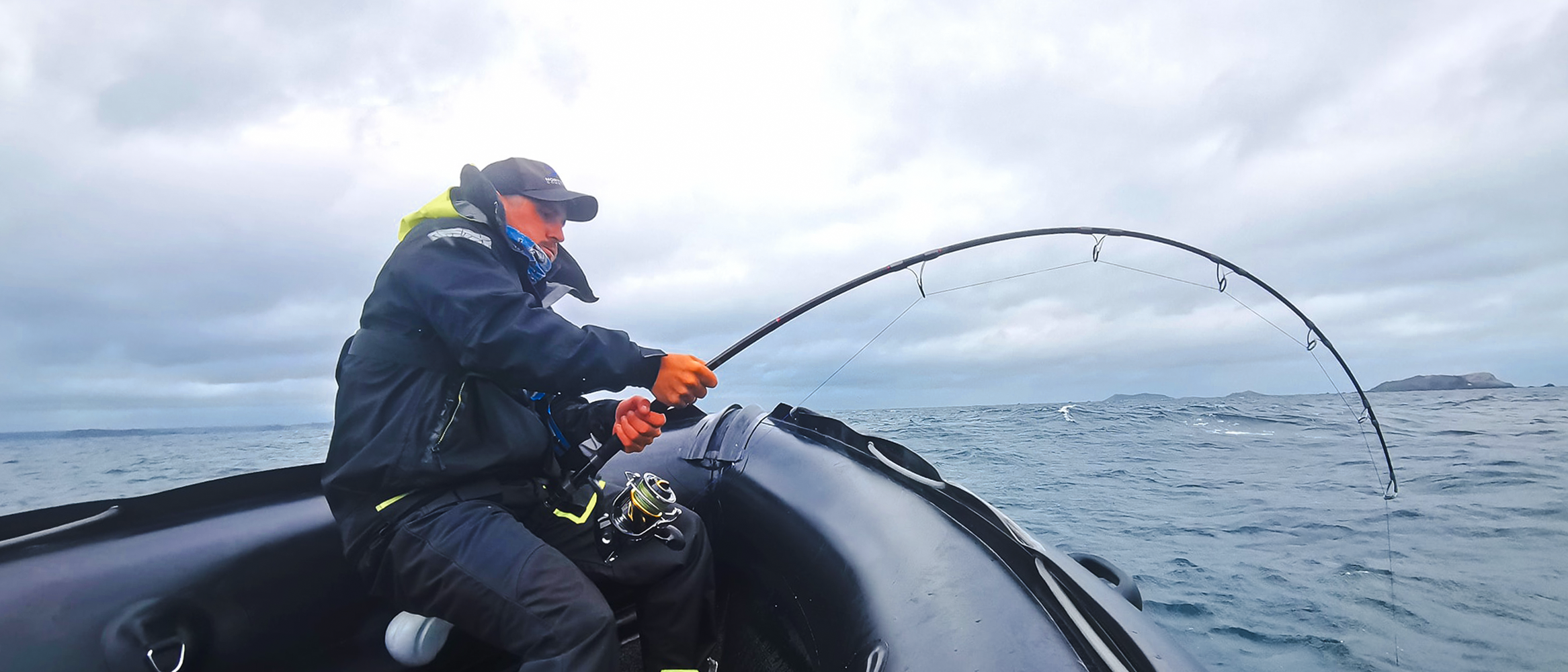
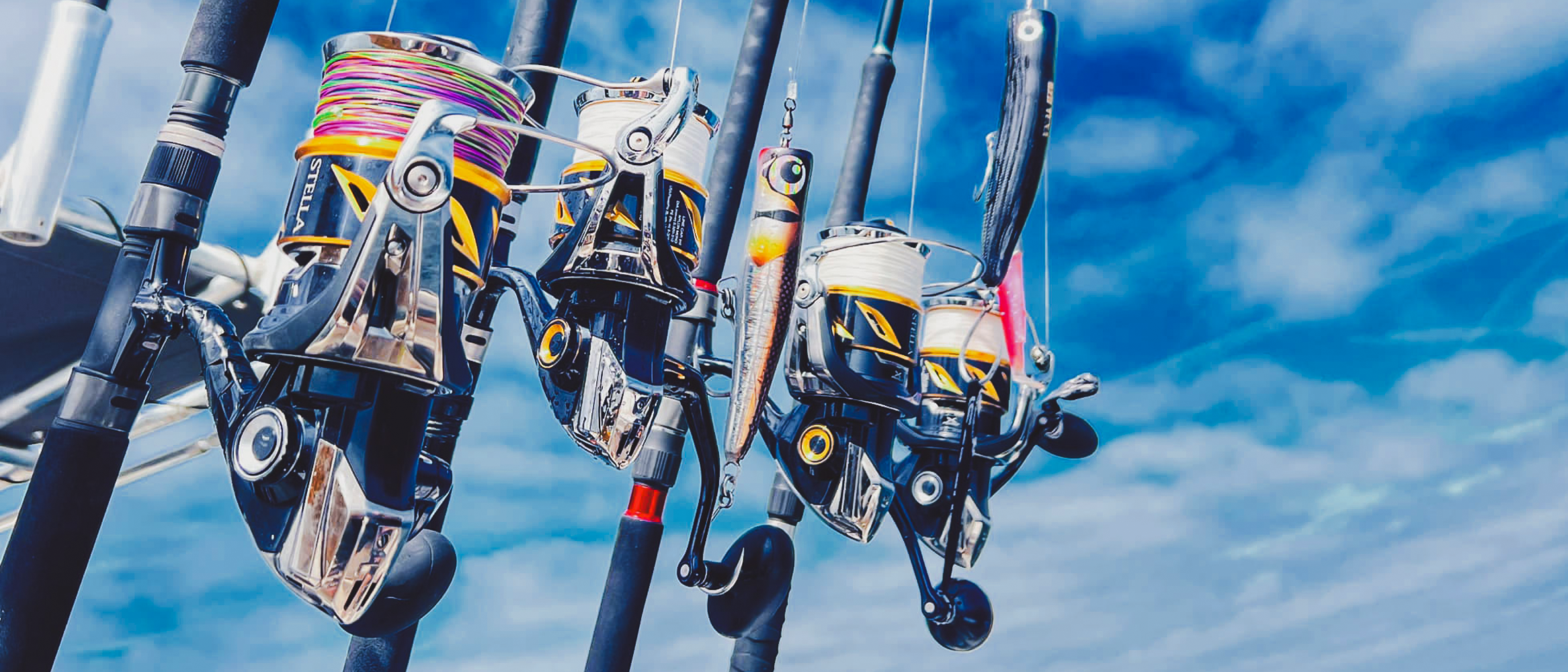
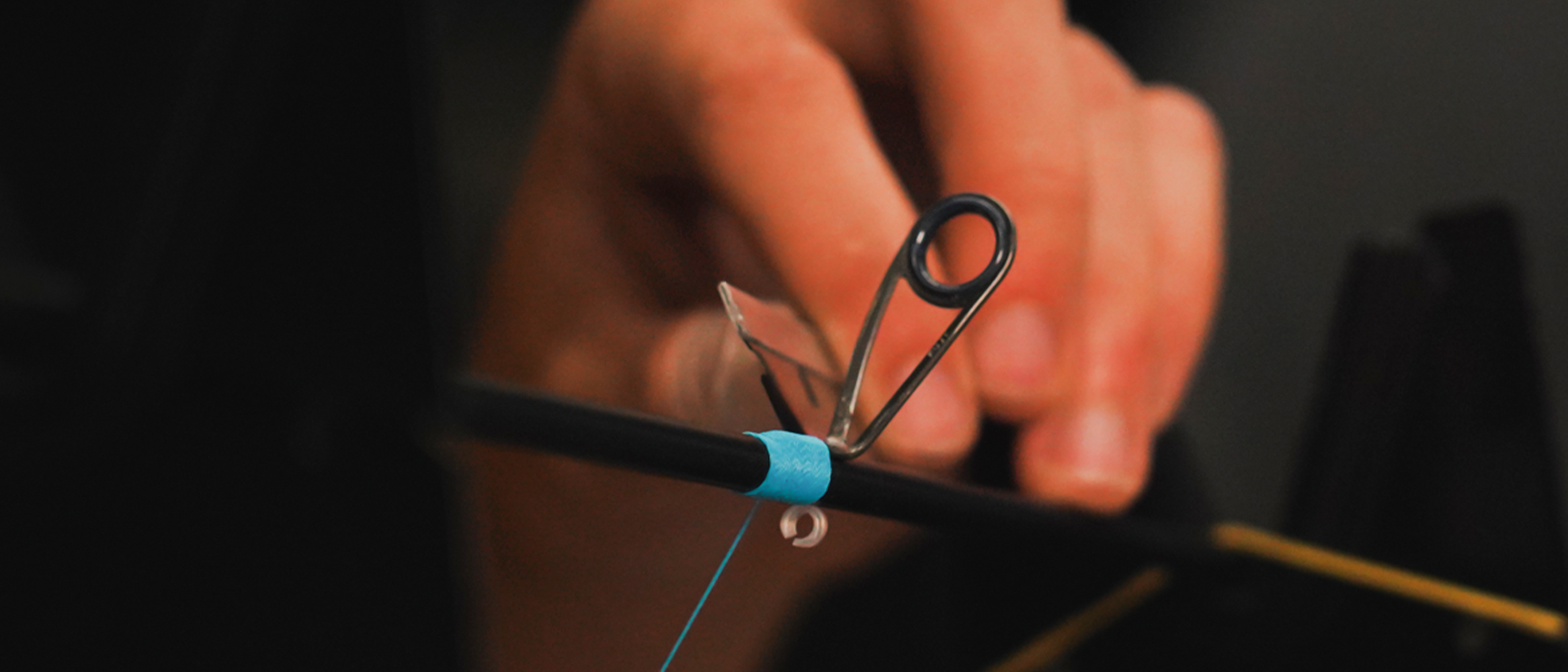
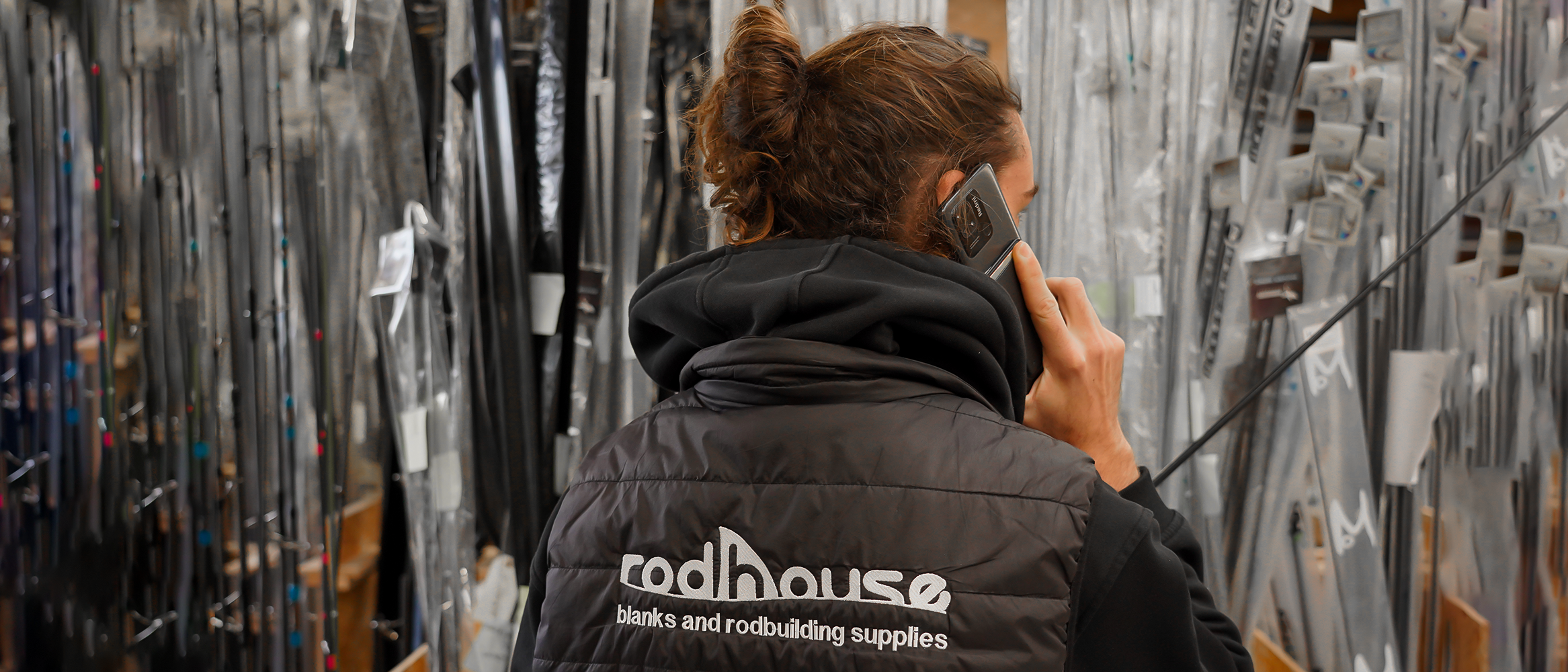
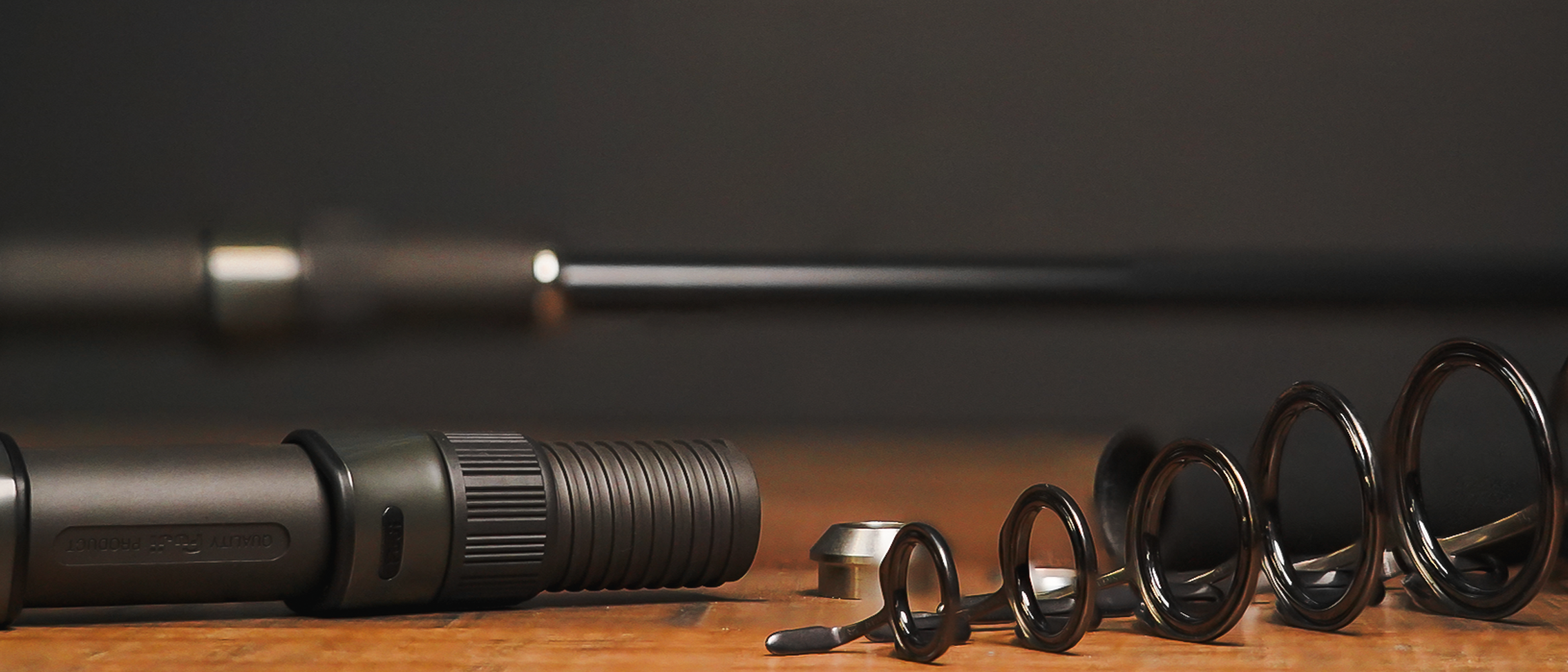
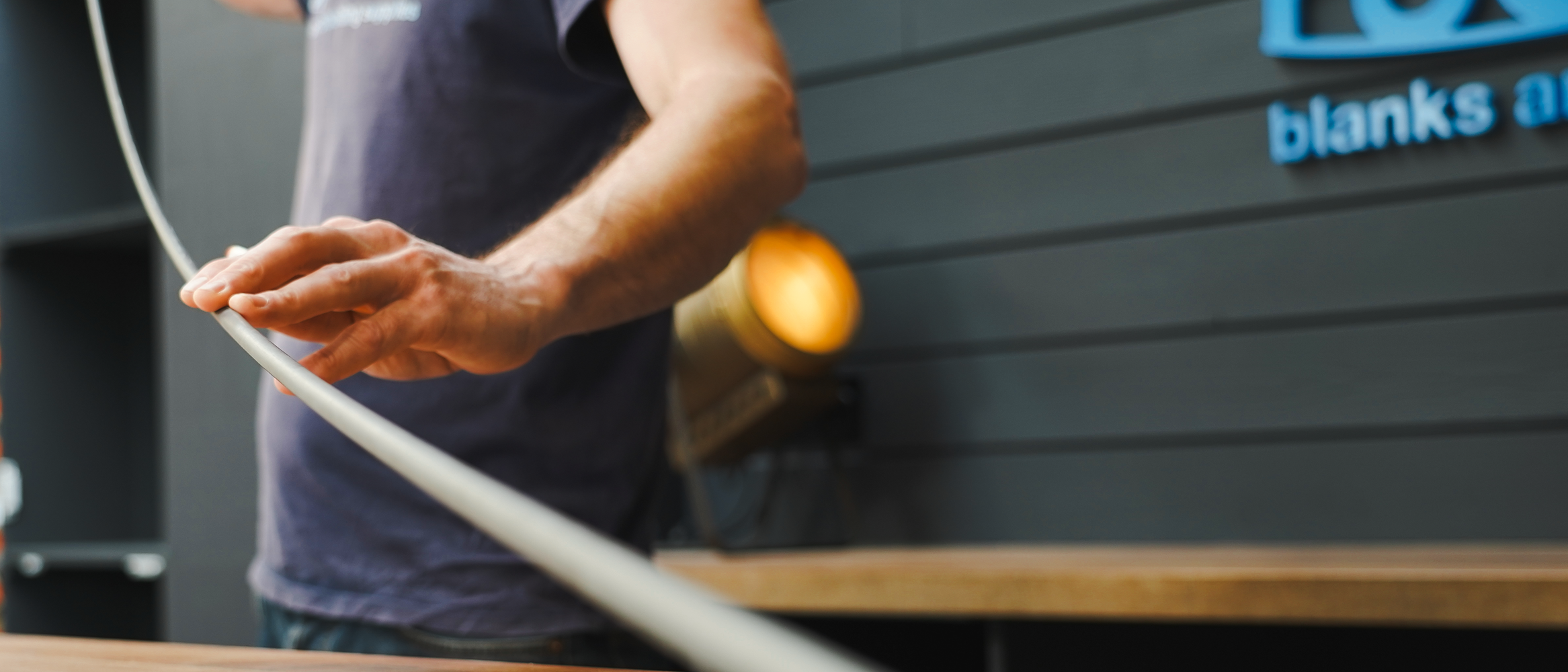
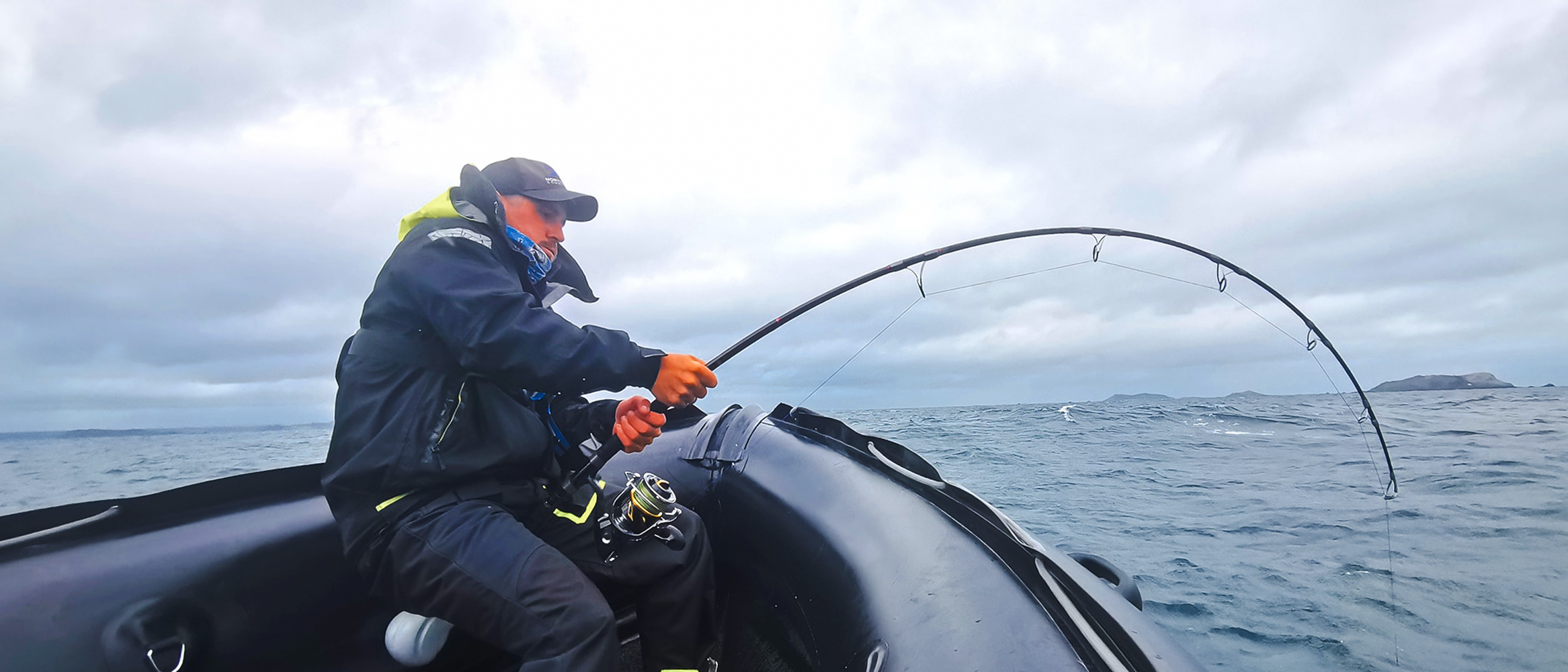
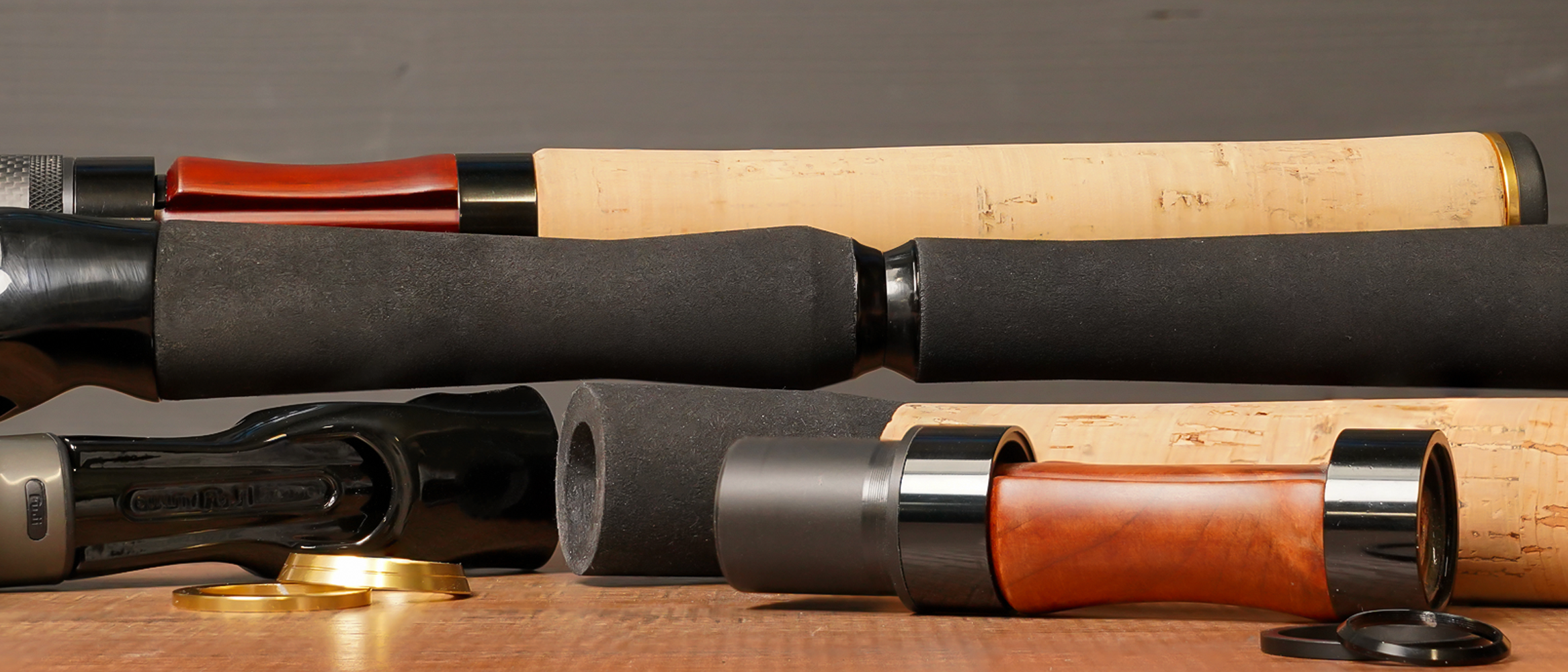
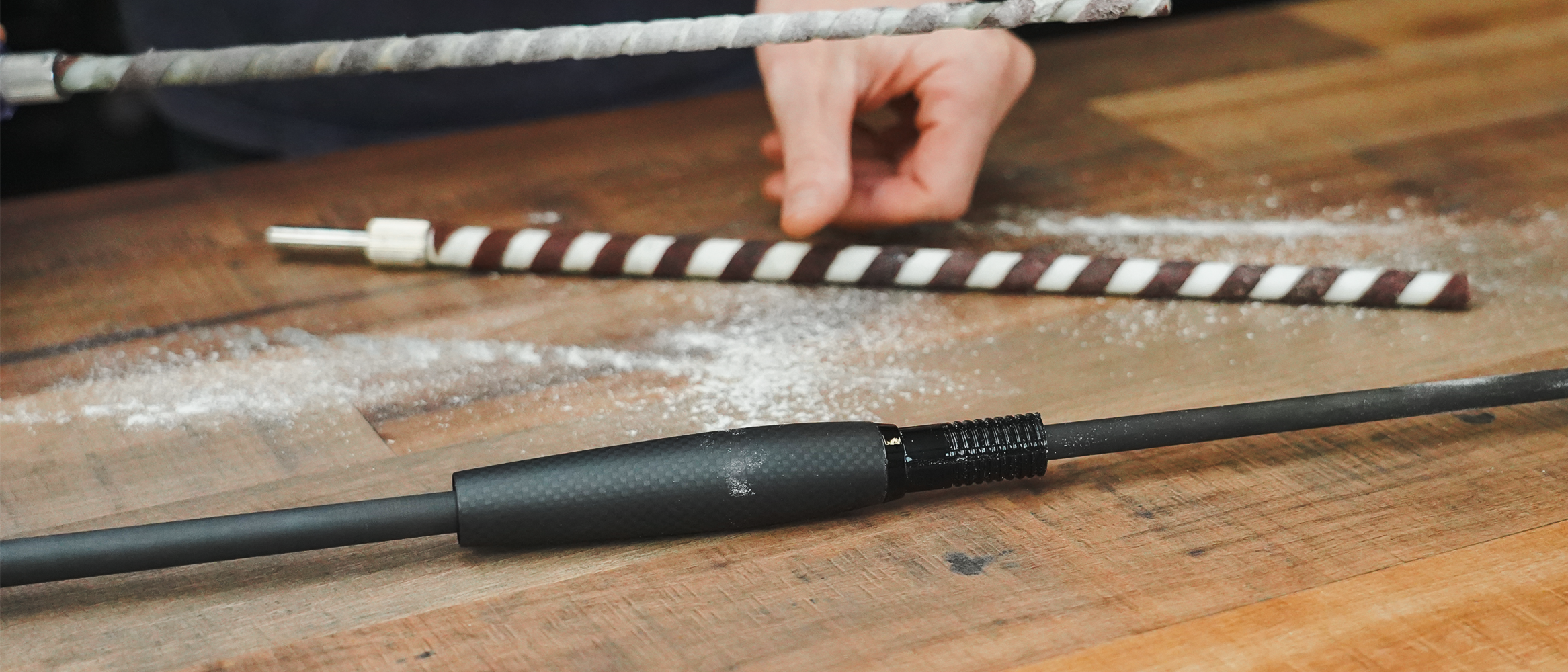
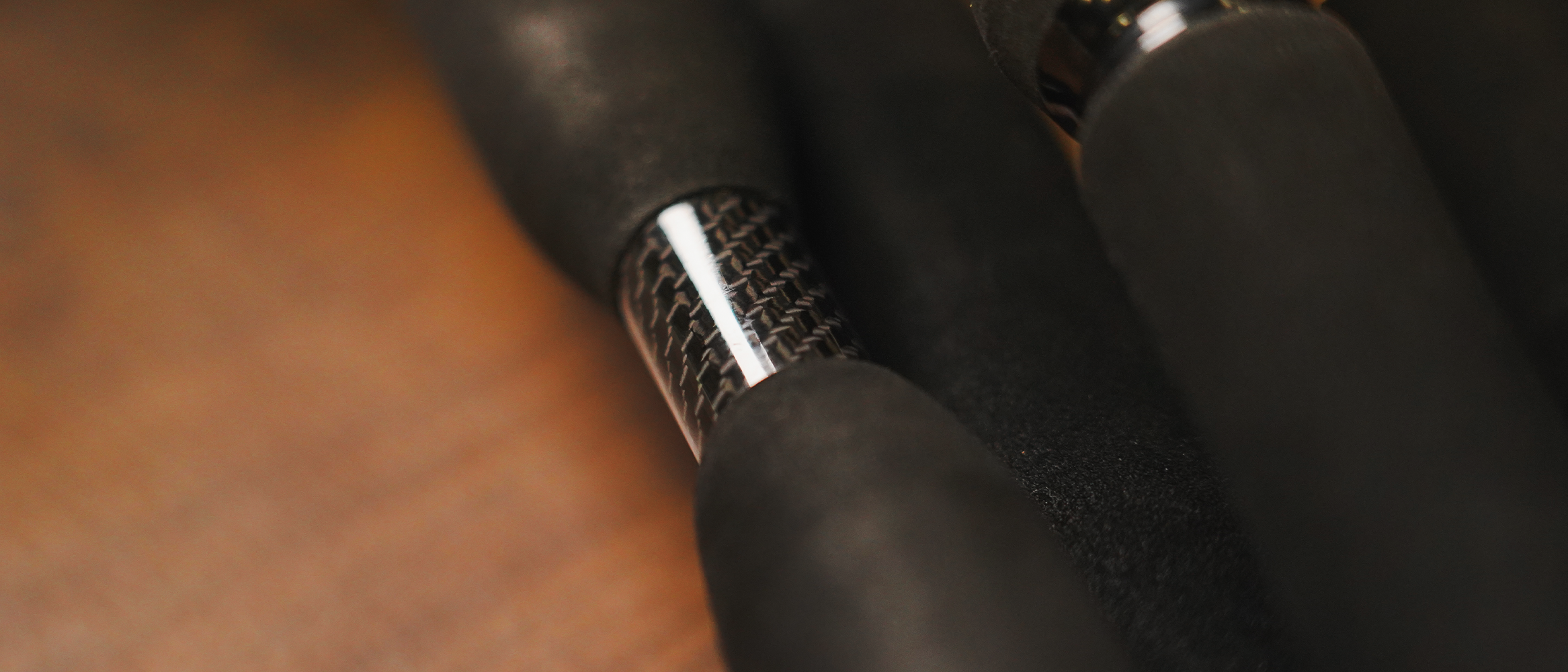
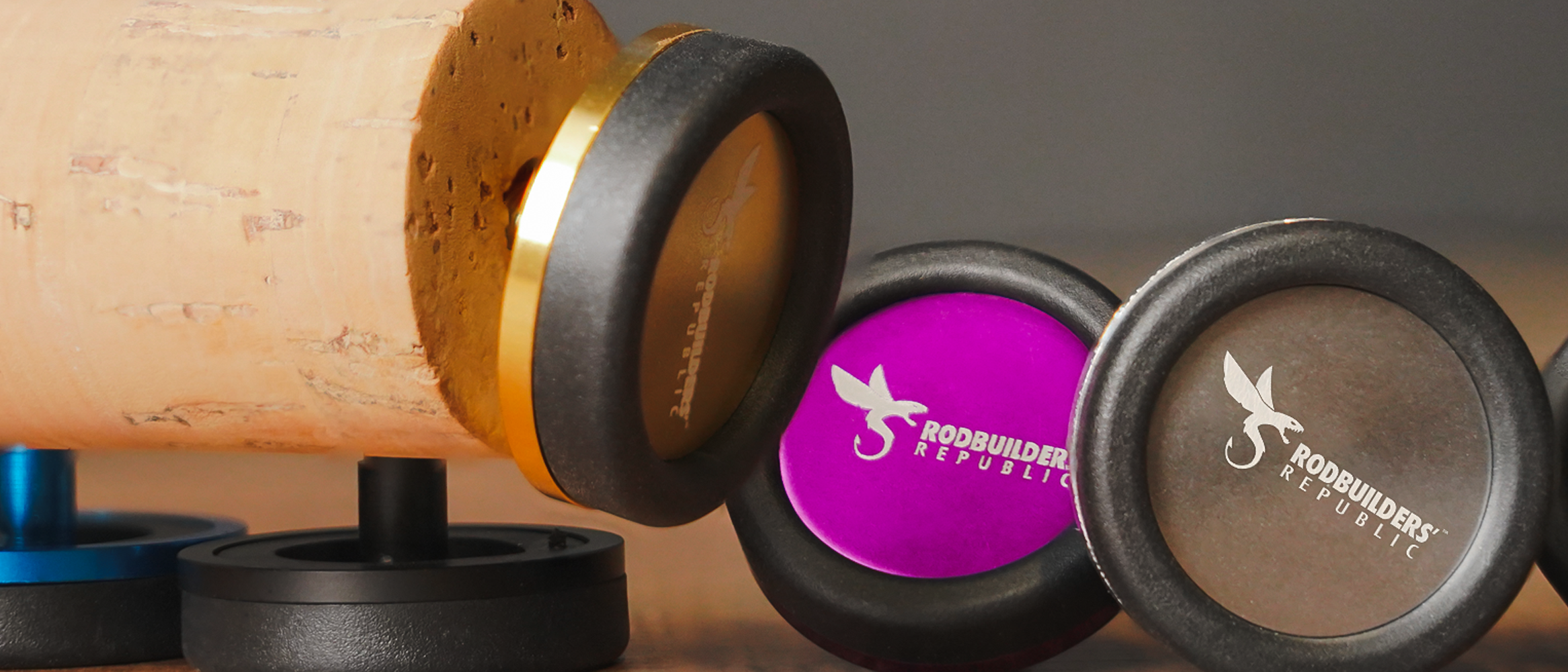
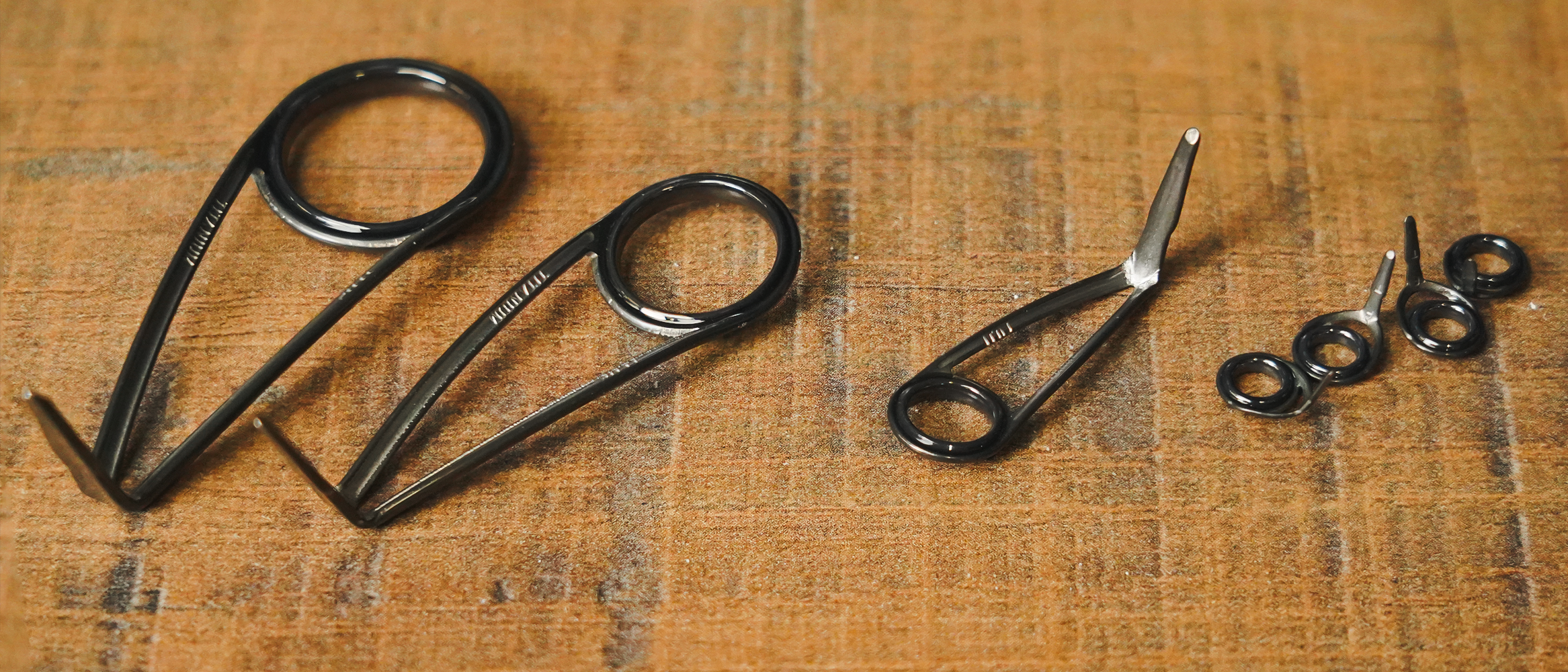

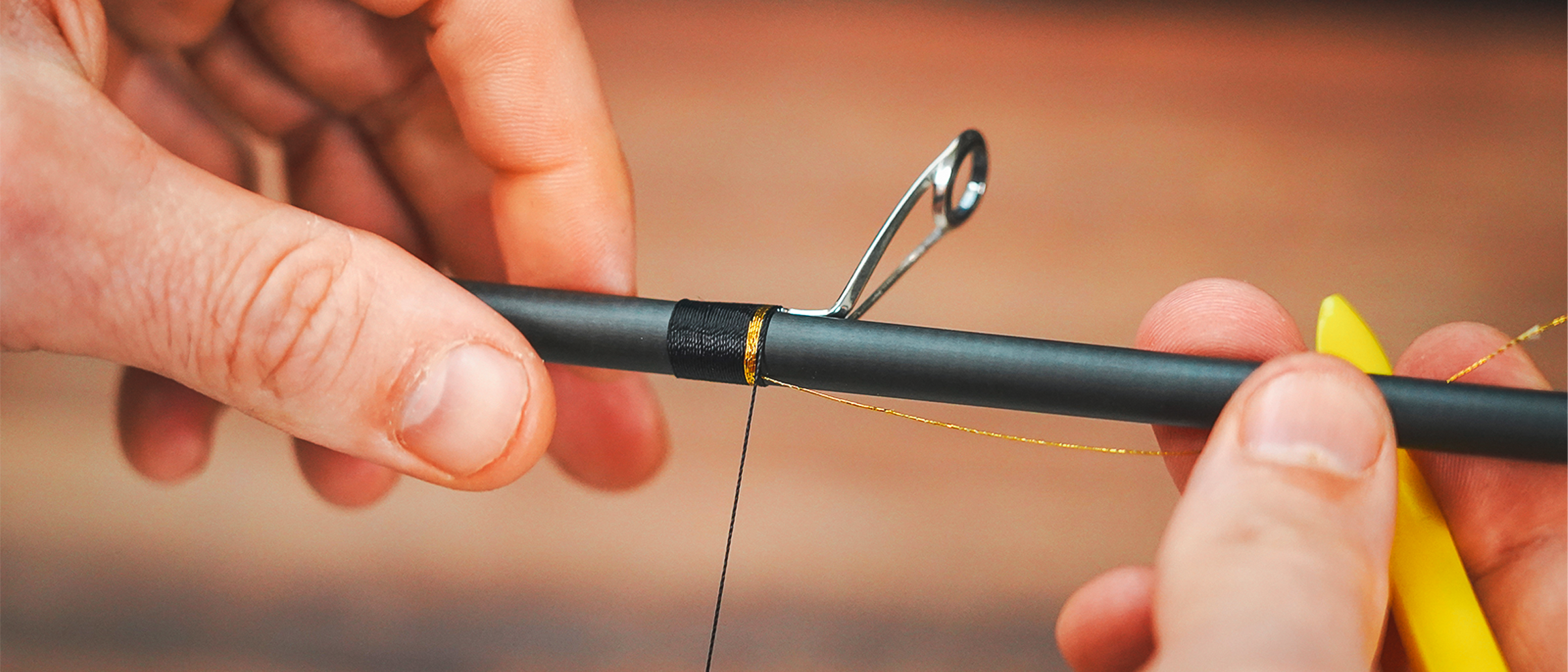
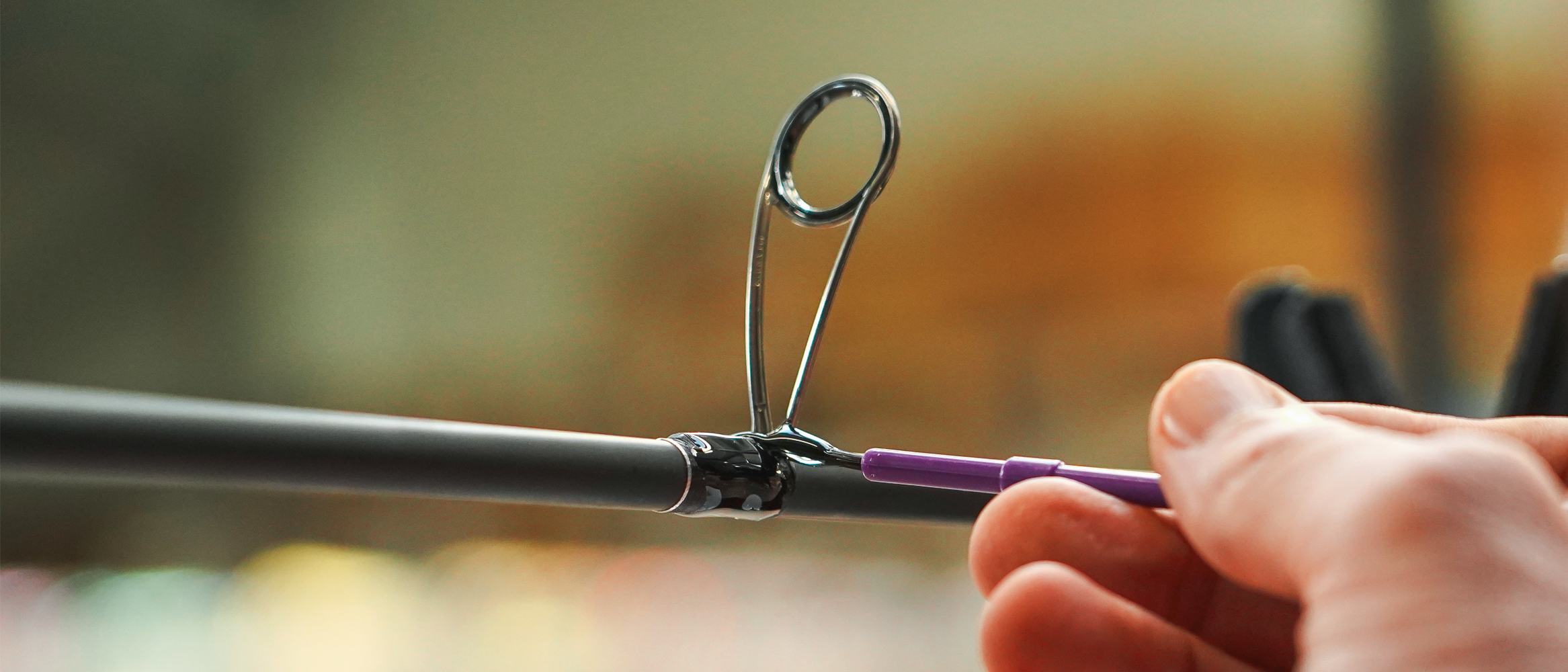
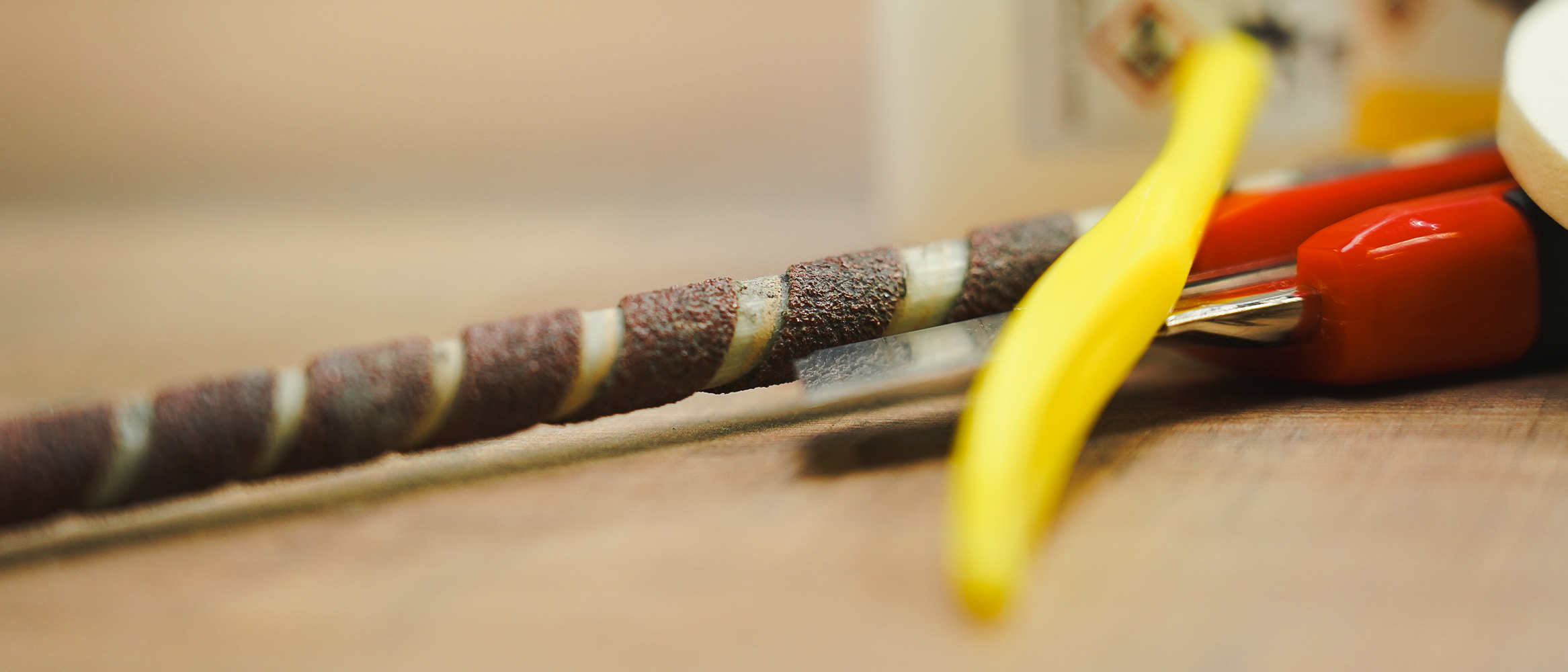
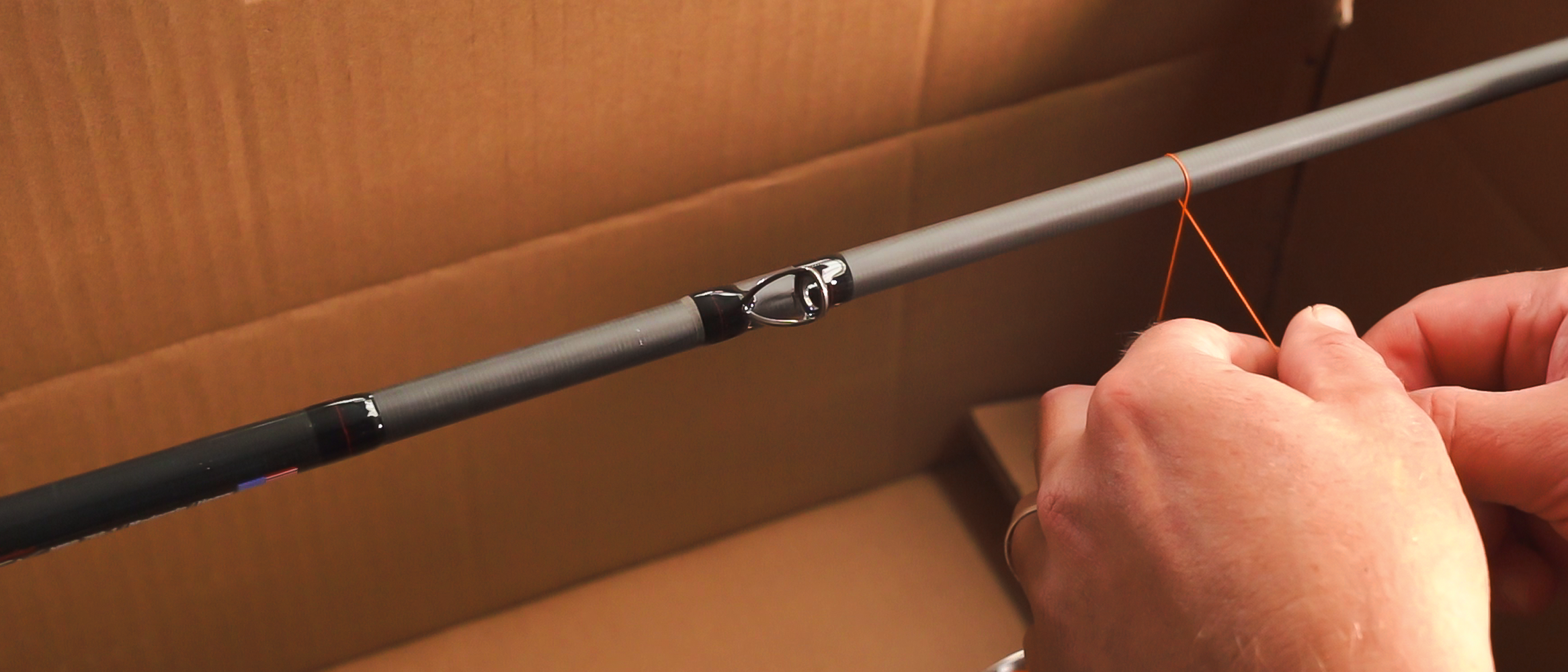
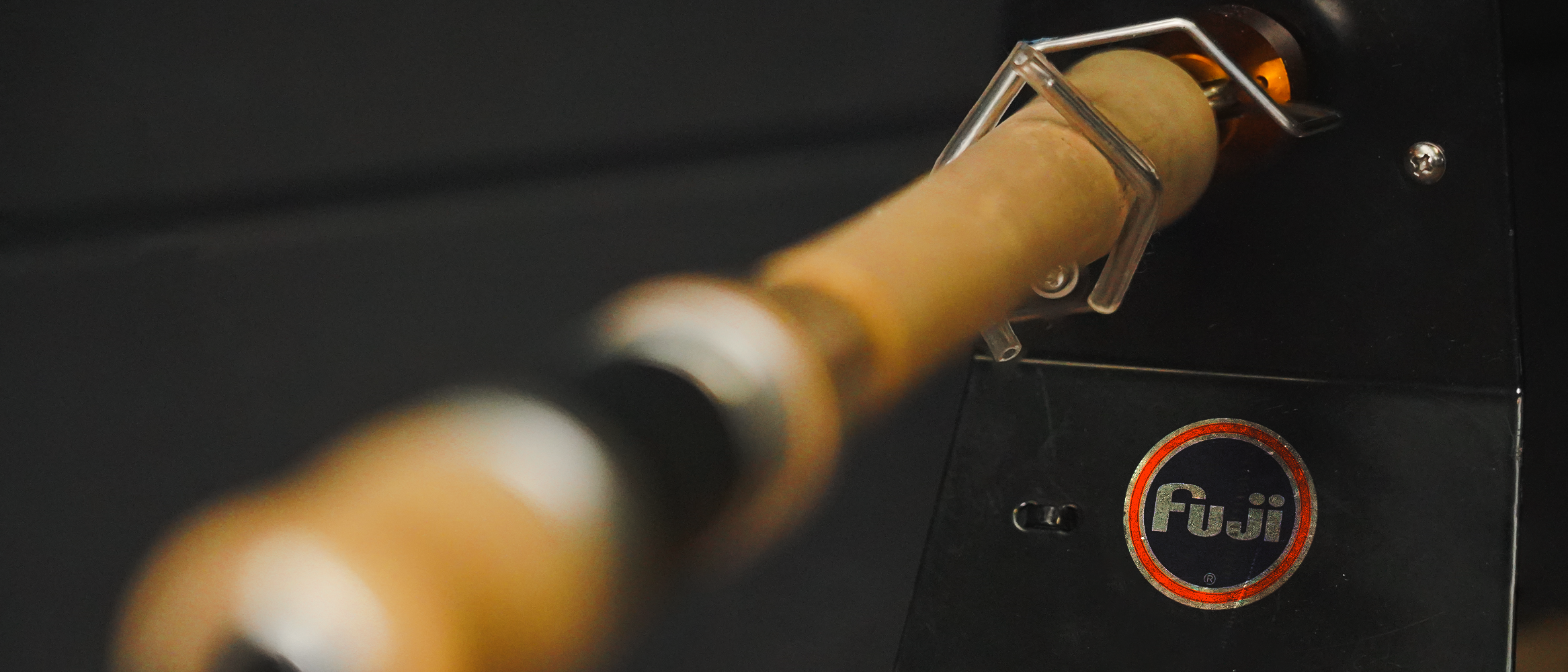
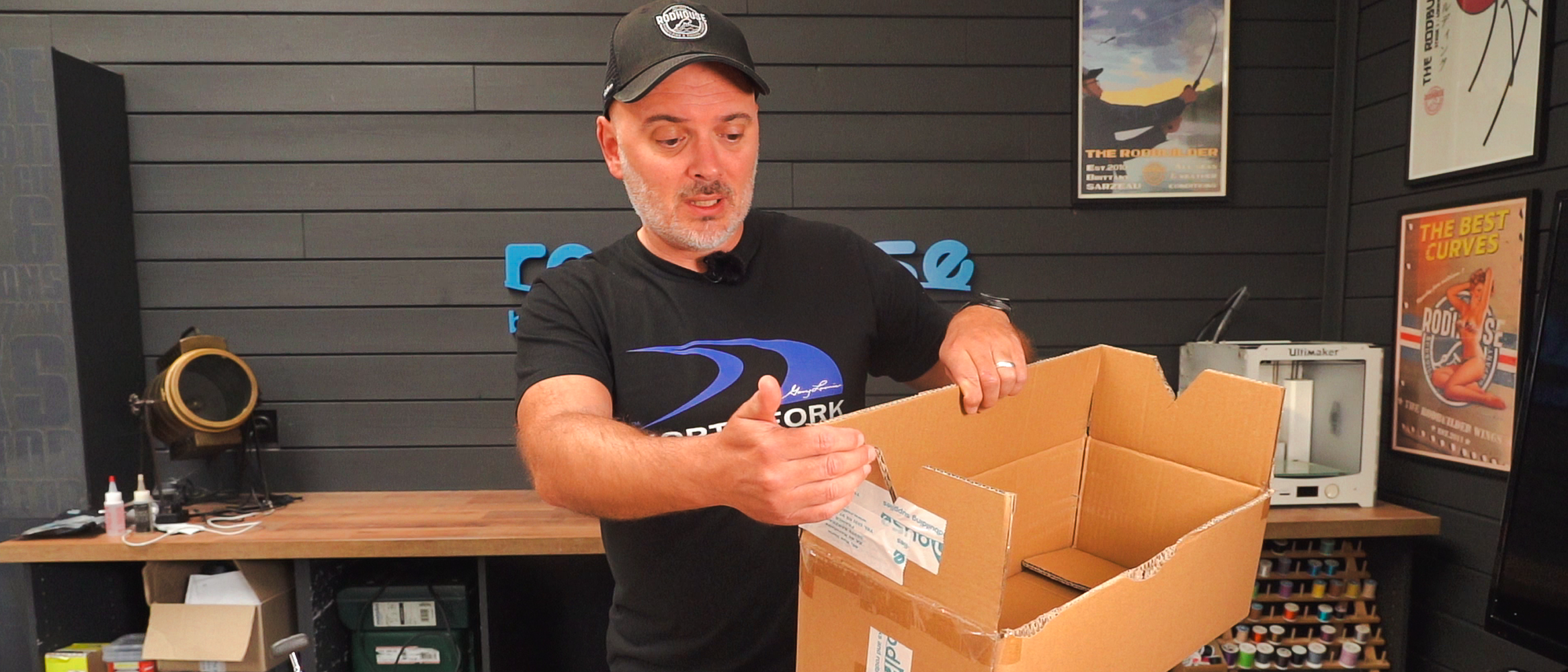
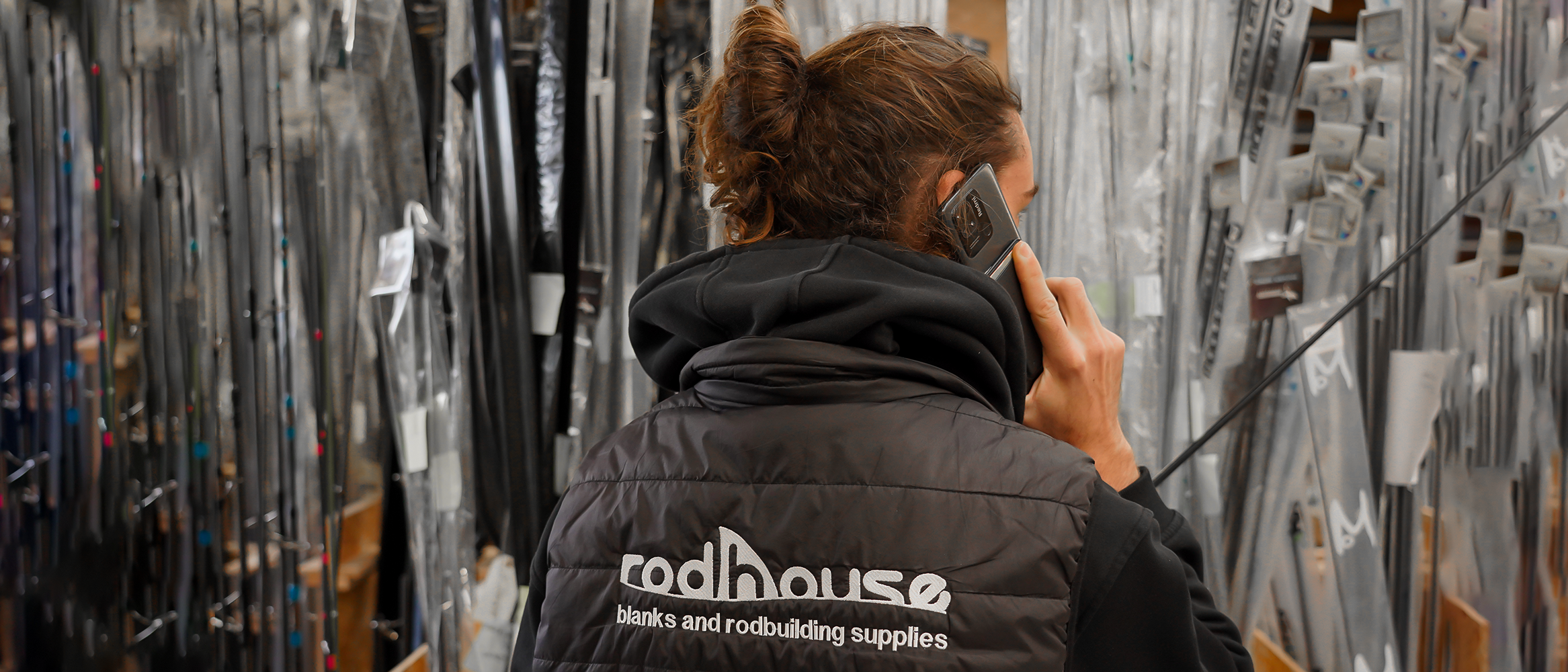
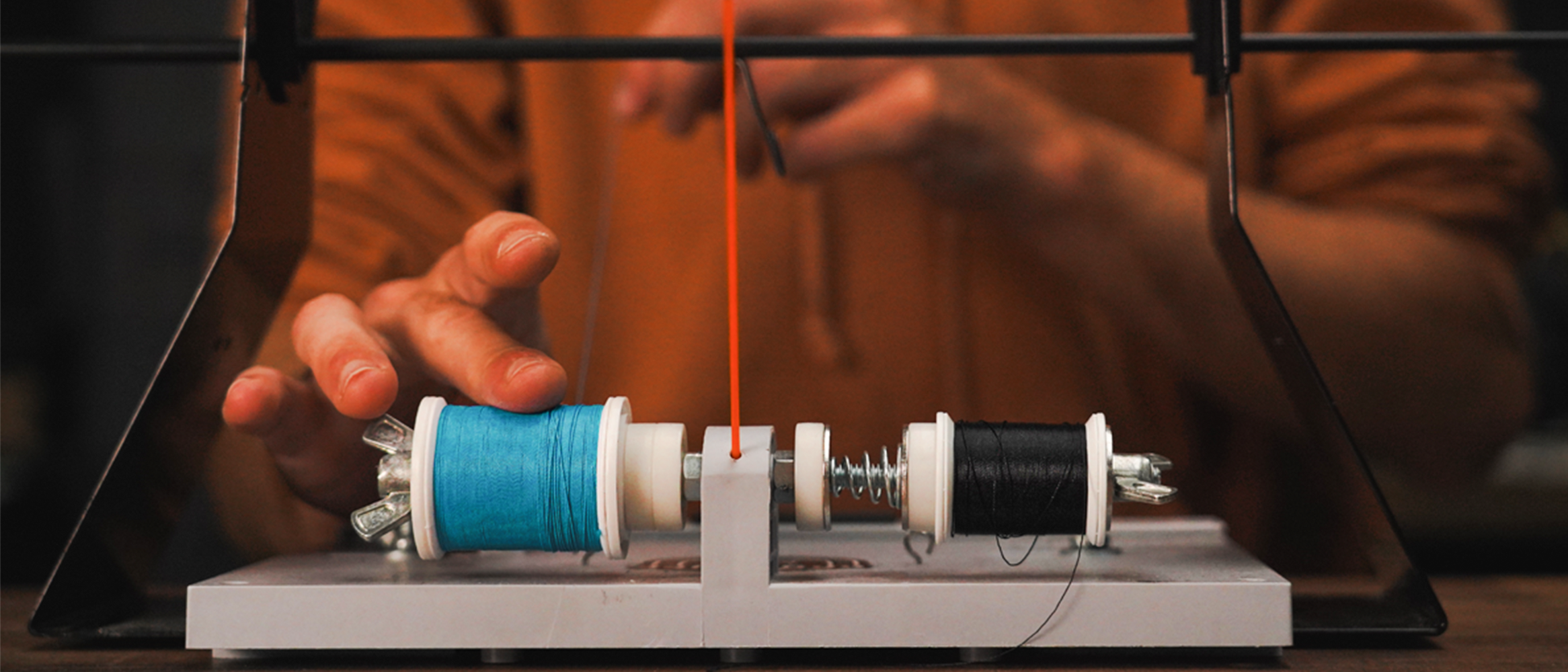
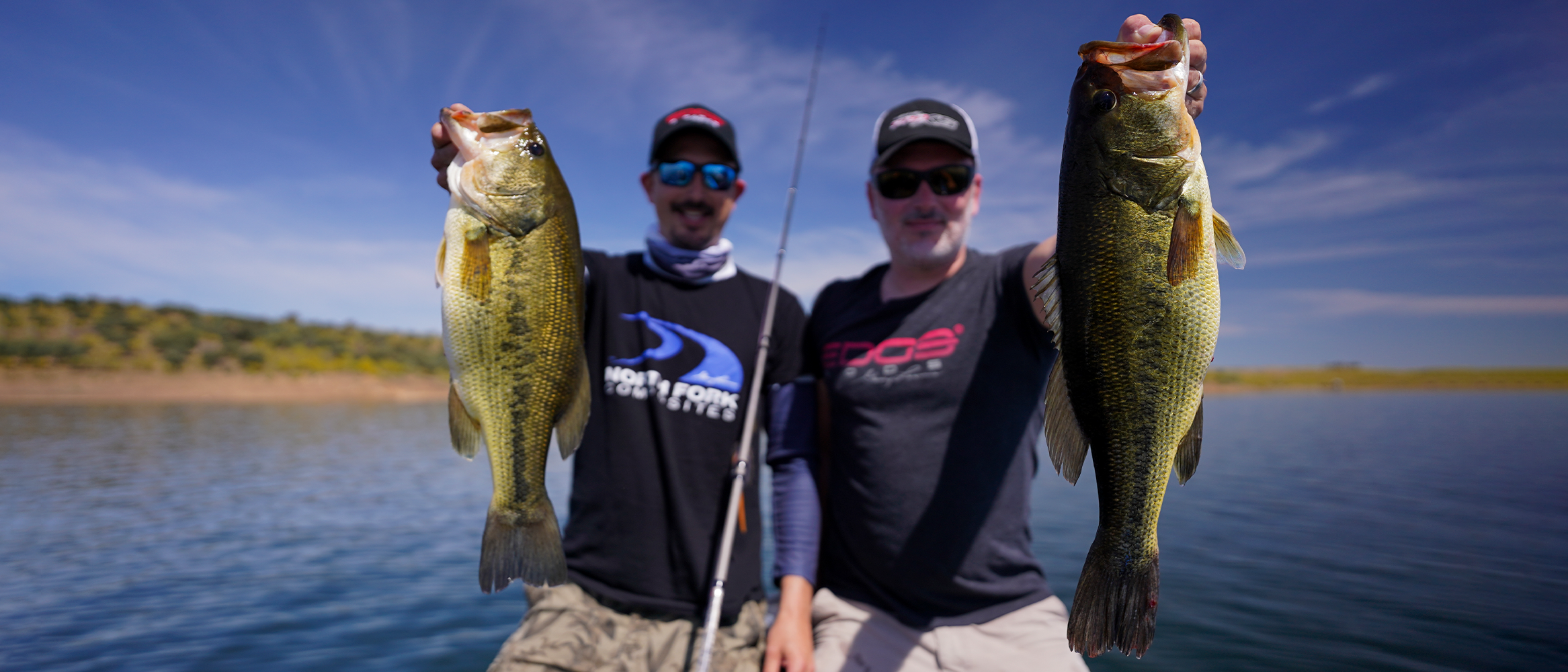
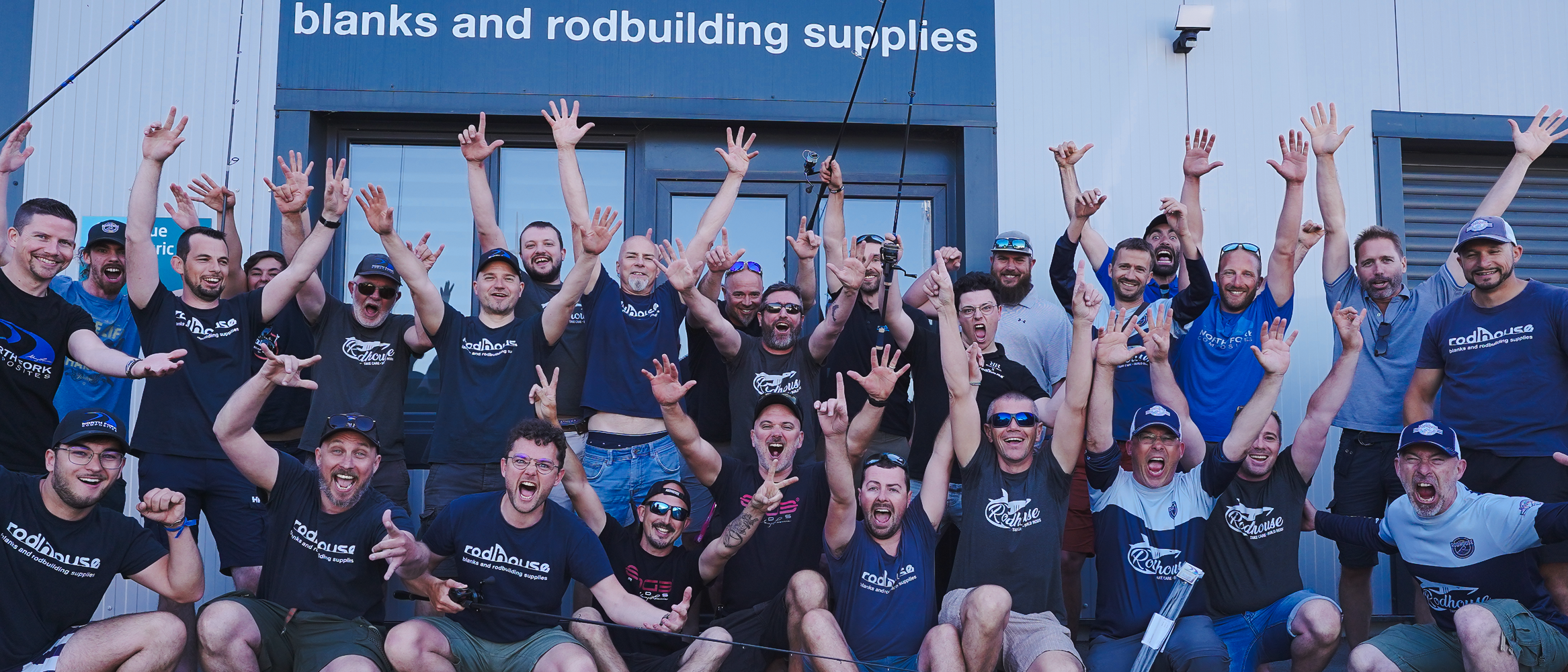
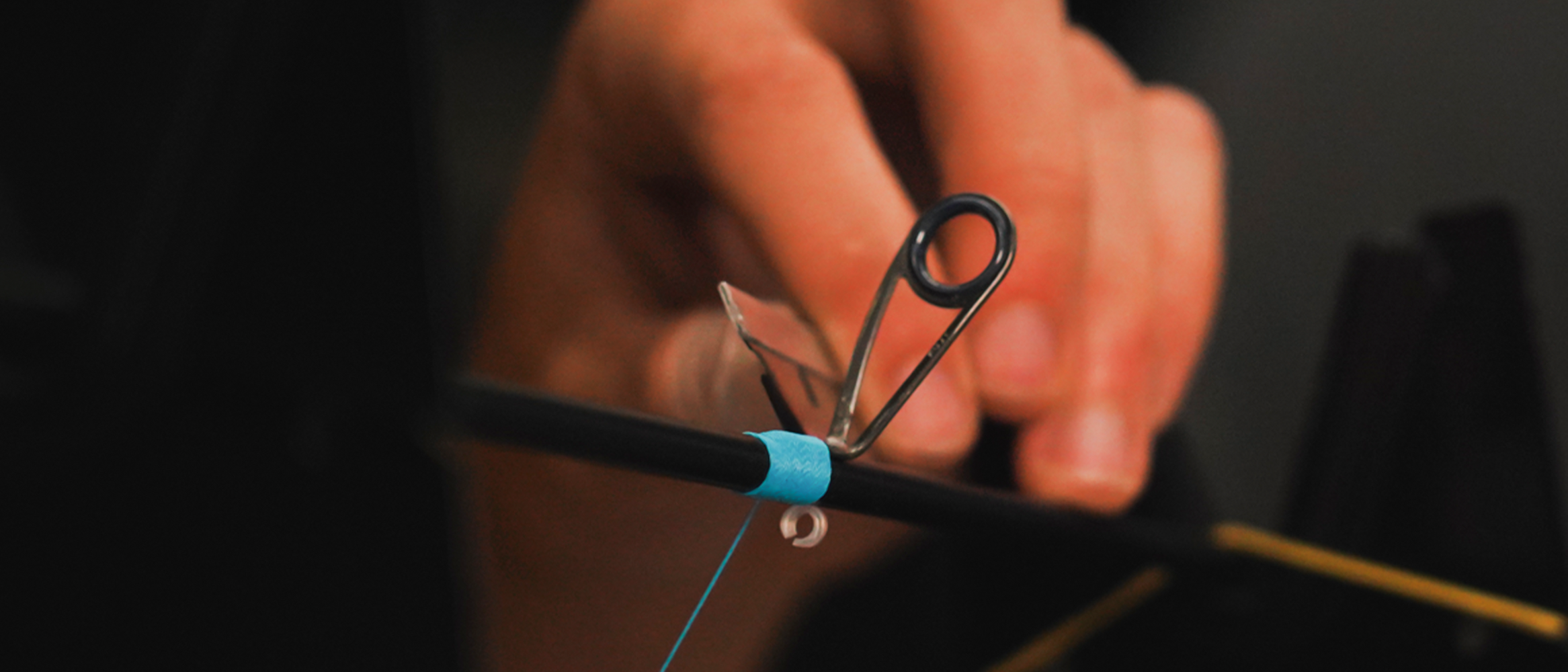
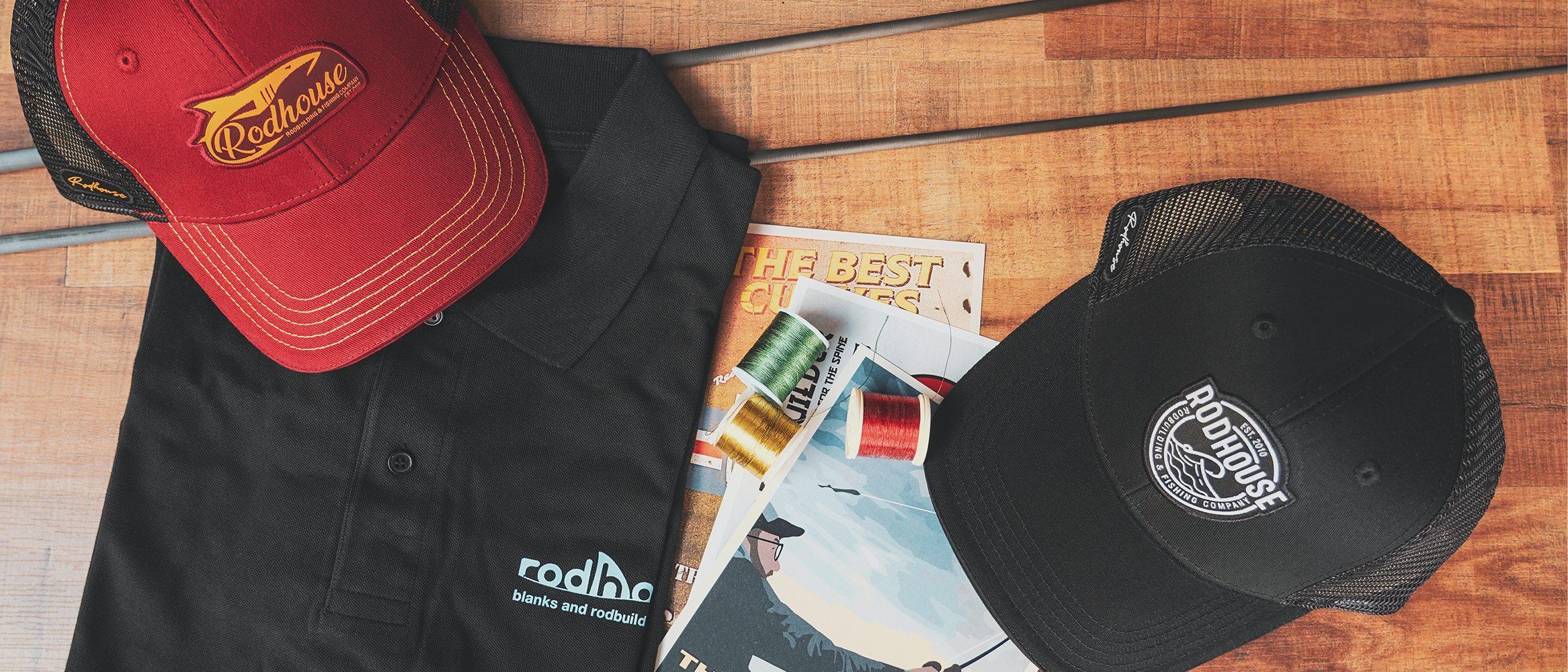
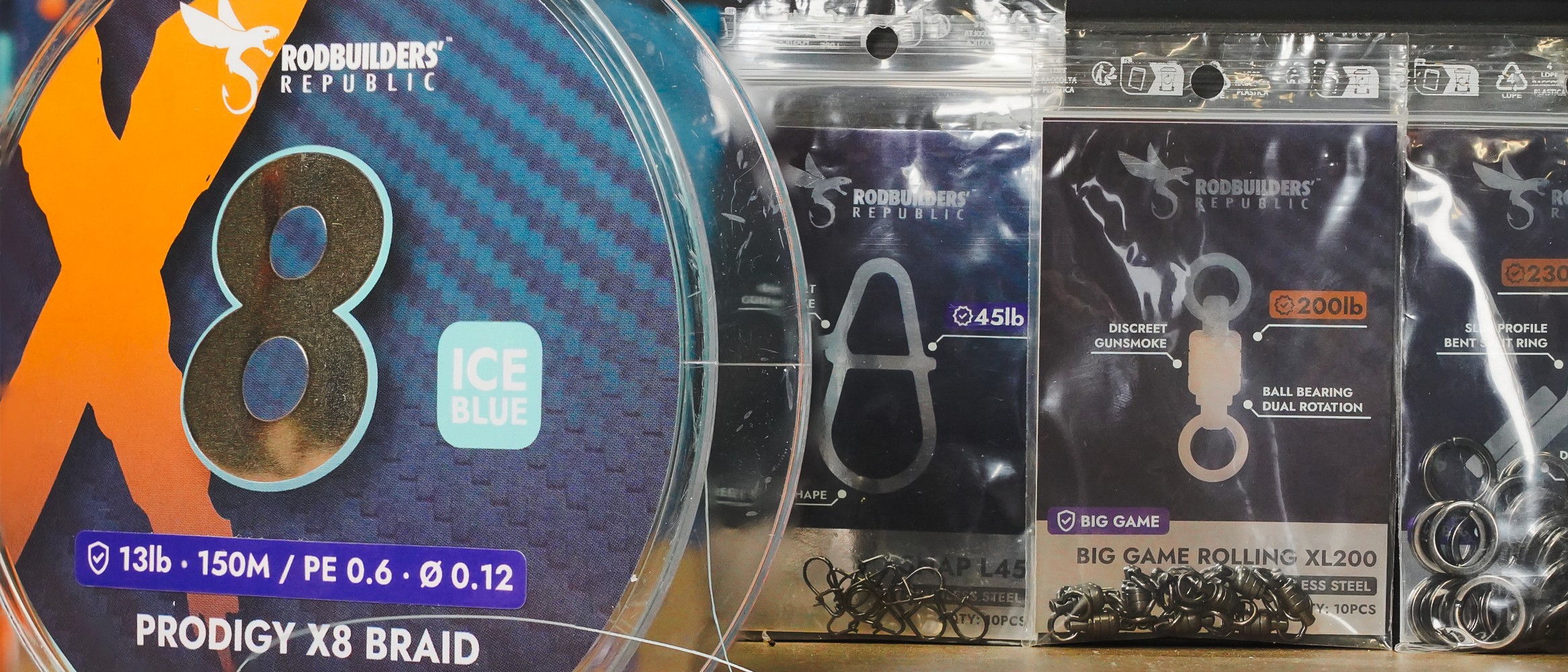
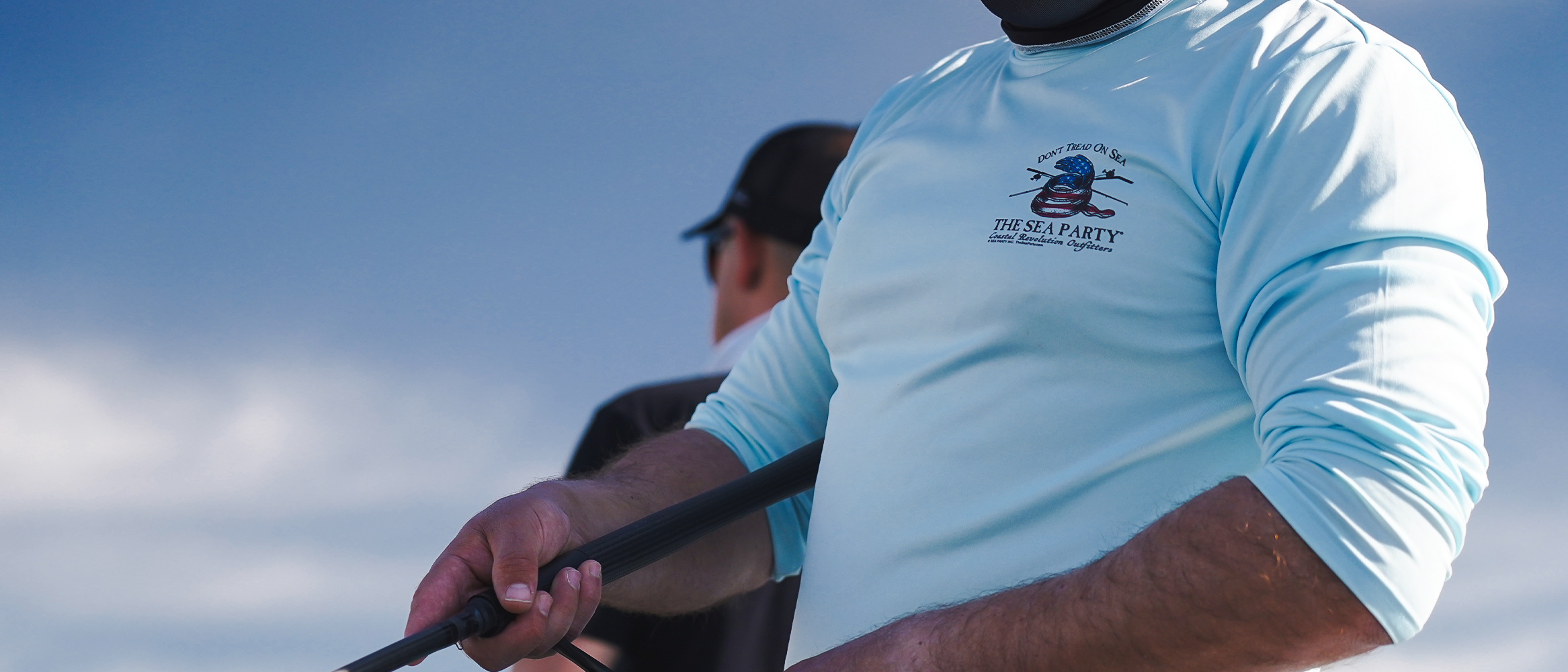
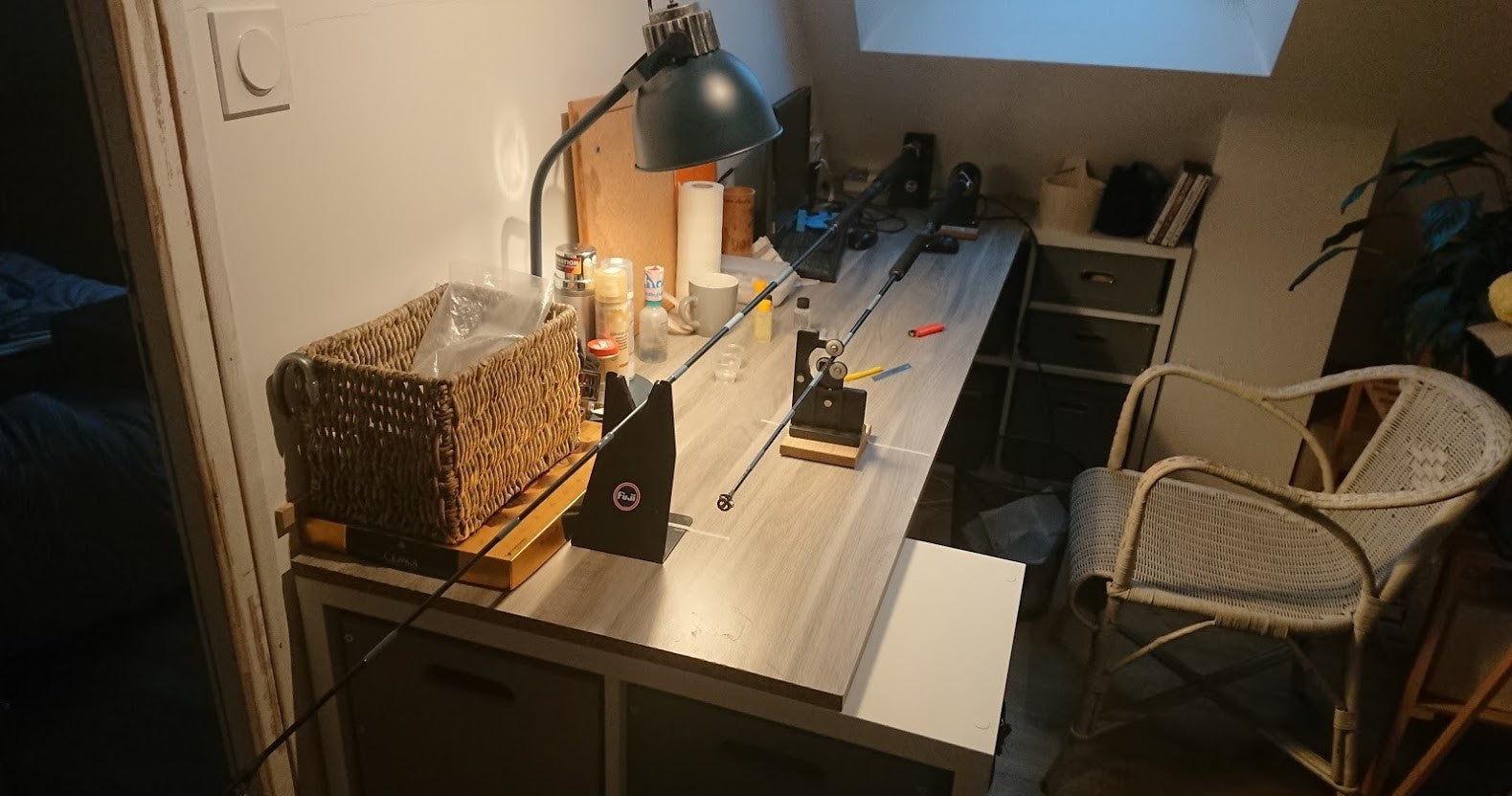


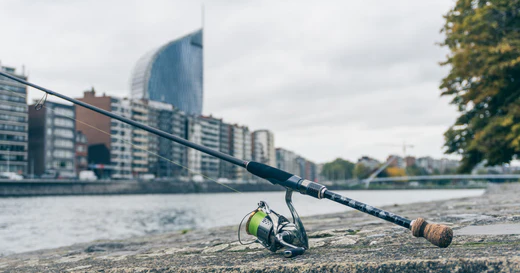

Leave a comment
All comments are moderated before being published.
This site is protected by hCaptcha and the hCaptcha Privacy Policy and Terms of Service apply.